
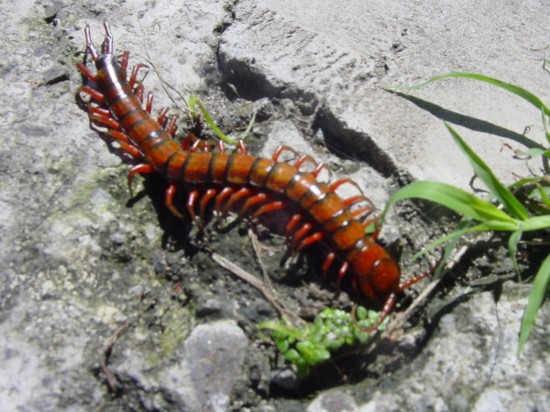
Many of the larger foreign species of centipede make for interesting and active pets, providing that you are happy to look at them but not touch! Centipedes, regardless of species, are very aggressive animals and the larger species can deliver a venomous and painful bite, so centipedes should never be handled.
If this does not put you off, then a centipede may be a good pick of pet invertebrate, as they tend to be rather more lively and entertaining to watch than many other bugs and arachnids, which often hide out of sight or do not spend much time moving around for large parts of their lives. Centipedes are fairly delicate, and require a stable and suitable living environment in order to thrive. While each species of centipede has slightly different care requirements, overall, their needs are fairly similar.
This article will furnish you with the basics of how to care and provide for an exotic pet centipede.
Finding an appropriate tank or housing for the pet centipede is relatively straightforward, and a glass or plastic rectangular tank is generally fine. Your tank should be large enough to allow your fully-grown centipede plenty of room to stretch out and move around, and as some species can grow to around 30cm long, this may mean a fairly large tank is needed. The tank should also be rather deep, as you will need to provide a deep substrate to allow burrowing, and also to ensure that the lid of the tank is well out of your centipede’s reach. The lid should also be securely clipped closed from the outside, as these aggressive creatures are very strong and often adept at escaping!
Centipedes like to burrow, and so the substrate of the tank should be deep enough to allow this. You can choose a substrate that is as deep as your centipede is long, although using a shallower substrate than this will mean that your centipede will spend more time visible within the tank and not hidden away out of sight. The substrate should be able to both support the burrowing structures that your centipede will make, and be able to retain moisture well. Potting compost, peat moss or a combination of soil, moss and vermiculite is fine. Peat moss is often favoured, as it has a fairly acidic Ph level that will help to discourage mould and fungus.
Centipedes are nocturnal, burrowing animals who do not like bright light, so there is no need to provide lighting within the tank. You will see more of your centipede if their tank is housed in a shady area, out of the glare of direct sunlight.
Centipedes need to live in a moist environment, with a humidity level of 75%-85%, so spraying the substrate regularly is required to keep it moist. If the tank environment is too dry, desiccation is a big risk for the pet centipede. Allowing for the humidity needs of the centipede by spraying the substrate directly can lead to decay and fungus growth over time, however, so you might wish to look at alternative methods of keeping the tank humid enough. If the tank is firmly sealed with only small air holes to allow ventilation, the humidity levels of the tank will be easier to maintain, and should largely manage themselves due to the combination of warmth, a closed environment and evaporation from the tank’s water dish, which should be topped up regularly to allow for this.
Most of the larger species of centipede hail from warmer climes than the UK, and so the tank should be heated to a temperature of between 23-29.5 degrees Celsius, depending on species. This can be achieved with a heat mat that is moderated by a thermostat, and a thermometer to monitor the temperature.
Centipedes eat live prey, and are very active and aggressive in their hunt for food. A wide variety of easy to source live food animals provided for the pet industry can be offered, including crickets, cockroaches, mealworms and even flies. Larger centipedes may even happily eat defrosted pinkie mice. Feeding a pet centipede can be interesting to observe, as centipedes are fast and aggressive hunters. Never place your hands in the tank with your centipede, particularly when feeding them, as you run the risk of acquiring a nasty bite from your pet!
Centipedes will eat relatively large prey compared to their own body size, but can run the risk of injury if fighting prey that is close in size to themselves. Never feed prey that is larger than half the size of your centipede in order to prevent this happening. Uneaten food and any discarded remains should be removed from the tank within 24 hours of feeding. Again, do not put your had into the tank to take uneaten food out, use long handled tweezers or forceps instead.
You should also provide a water dish for your pet centipede, and ensure that clean, fresh water is available at all times. This is not only important to allow your centipede to drink, but to help to contribute to the humidity levels of the tank as well. You can lift and lower the dish into the tank without risking your fingers by again using a pair of long straight forceps or tweezers.
Pet centipedes should not be handled; they almost certainly will bite, and a bite from a large centipede is both painful and can make you quite ill. This is not a pet to sit in your lap or hold on your arm to entertain your friends! As mentioned, never put your hands in the tank, and ensure that your tank is deep enough and has a well-secured lid to prevent escape. Any time you need to work within the tank, such as to clean it or to change the substrate, trap your centipede and remove them from the tank without handling them, securing them safely away while you get to work.
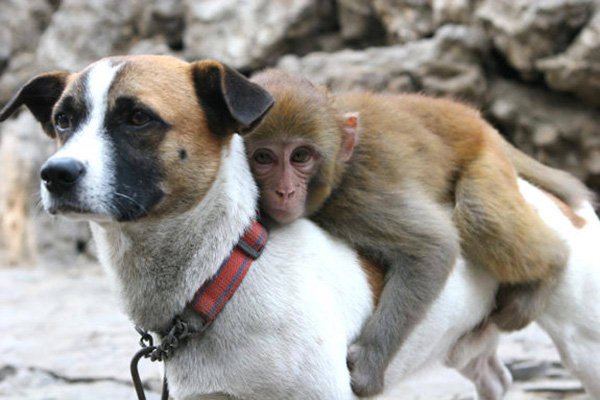 High Quality Timber Chicken Houses For Your Poultry Flock
High Quality Timber Chicken Houses For Your Poultry Flock
High Quality Timber Chicken Houses For Your Poultry Flock
High Quality Timber Chicken Houses For Your Poultry Flock
 What are the active ingredients of Frontline plus
Frontline plus is symbolized as a top medication for flea an
What are the active ingredients of Frontline plus
Frontline plus is symbolized as a top medication for flea an
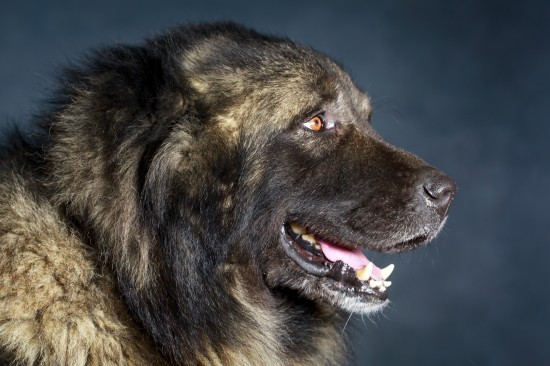 Caucasian Shepherd Dog (ovcharka) Variants And Types
Caucasian Shepher
Caucasian Shepherd Dog (ovcharka) Variants And Types
Caucasian Shepher
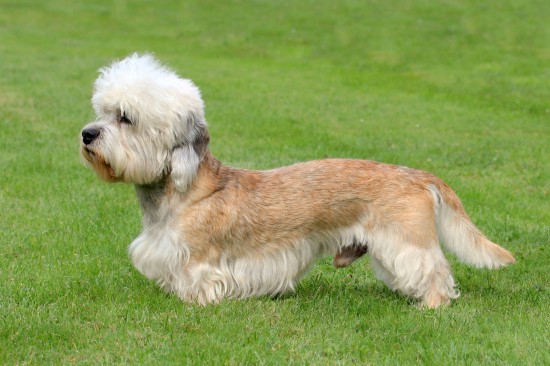 Selective Breeding And Line Breeding In Dogs - What Is It And How Is It Done?
Selective Breedin
Selective Breeding And Line Breeding In Dogs - What Is It And How Is It Done?
Selective Breedin
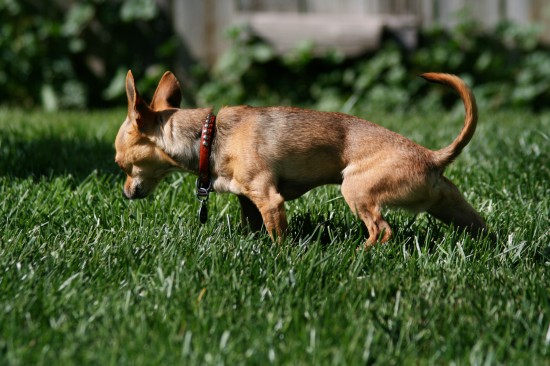 Why Do Some Male Dogs Pee Like Females?
Why Do Some Male
Why Do Some Male Dogs Pee Like Females?
Why Do Some Male
Copyright © 2005-2016 Pet Information All Rights Reserved
Contact us: www162date@outlook.com